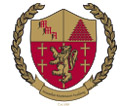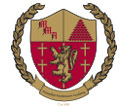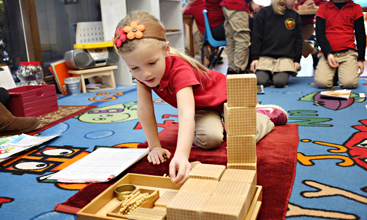
Faith Formation
MMA is proud to offer the Catechesis of the Good Shepherd. We celebrate Holy Mass each week in our chapel and we hold adoration weekly. All students are welcome to participate in our religious formation program; however, this is not a requirement. Our students come from varying faith backgrounds, and we respect this, which is the reason for making our religion program optional for families.
Catechesis of the Good Shepherd

Integrated into the MMA experience is religious formation using the Catechesis of the Good Shepherd. CGS offers the heart of our Christian faith to children ages 3-12 using the Montessori method. Developed by Maria Montessori and Sofia Cavalletti in Rome, CGS uses materials to take a Biblical text or sign from the Catholic liturgy and make it available for ongoing independent reflection by the children.
For example, a model of a shepherd and sheep in a sheepfold allow the children to consider and reconsider the parable of the Good Shepherd from the Gospel of John. It has been the joyful, peaceful response of the children themselves that has inspired and determined the content of this unique program.
The goal of CGS is to foster the child’s own relationship with God using materials, song, art, and individual and communal prayer. Our atrium is the environment containing the beautiful materials that focus on the Bible and the Liturgy. Children at MMA have access to the atrium throughout each week. While staff catechists present most of the lessons and materials in the atrium, all of the classroom teachers are familiar with the materials and can assist the children in their use.
The materials of the 3 to 6 year-old children in the atrium represent the heart of our Christian tradition: Jesus the Good Shepherd, the Incarnation, the risen Christ, the Reign of God, Baptism and Eucharist. As the children reach the elementary classes, they are able to grasp history, so we add time lines of sacred history and studies from the Hebrew Scriptures.
As children begin to develop the ability to make moral judgments, we add moral content such as parables, maxims from the Sermon on the Mount, and the Ten Commandments. Students gain a deep sense of the unity of all of creation, humankind and God. We nurture this with images such as the True Vine, the bread and wine of Eucharist as signs of communion with God and others, and the vision of the fulfillment of the reign of God as one of complete peace, healing, and freedom.



